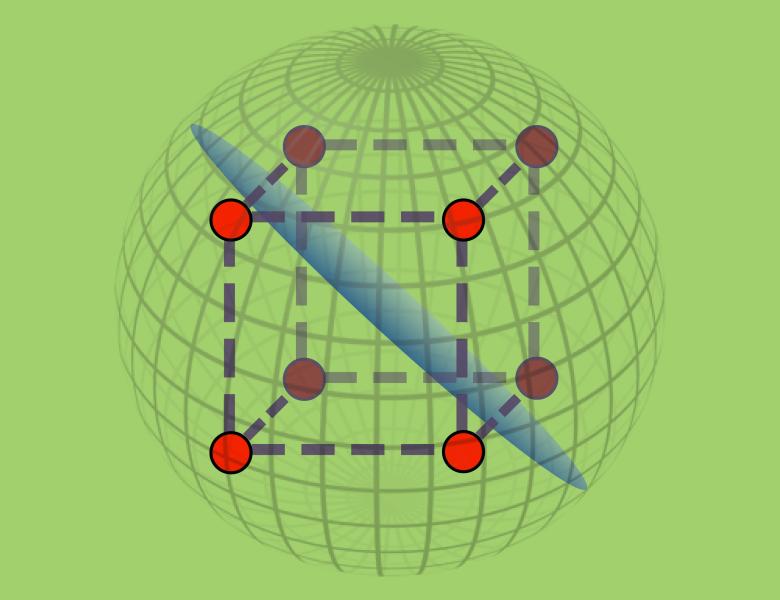
Abstract
Given a compact Abelian group Z, an element z of that group, and a measurable function from it to another Abelian group, one can form a new function by taking the difference of the original function and its translate by z. This is the obvious discrete analog of differentiation, and defines an operator on functions called a differencing operator.
Certain 'higher-order' partial difference equations involving such operators arise naturally in pursuing a higher-dimensional analog of Gowers' approach to Szemeredi's Theorem. Given several elements of Z, one asks for a description of those functions on Z which vanish when one applies all of the resulting differencing operators. It turns that as the order of the difference equation increases, one can find surprisingly rich families of solutions. This amounts to a first step towards understanding the inverse problem for the `directional Gowers norms' relevant to the higher-dimensional Szemeredi Theorem.


